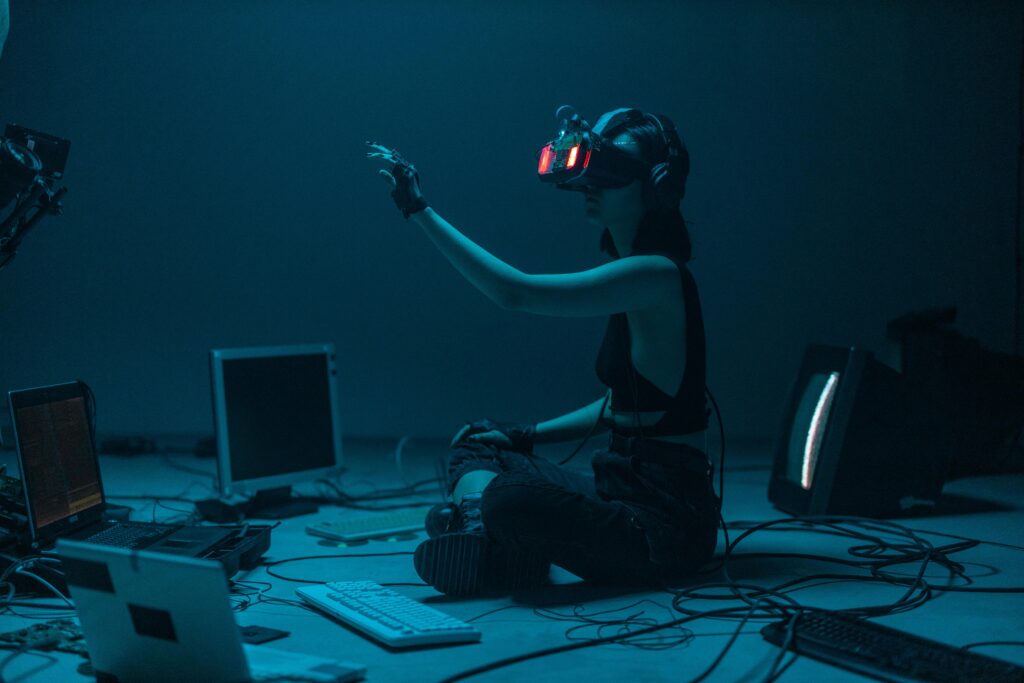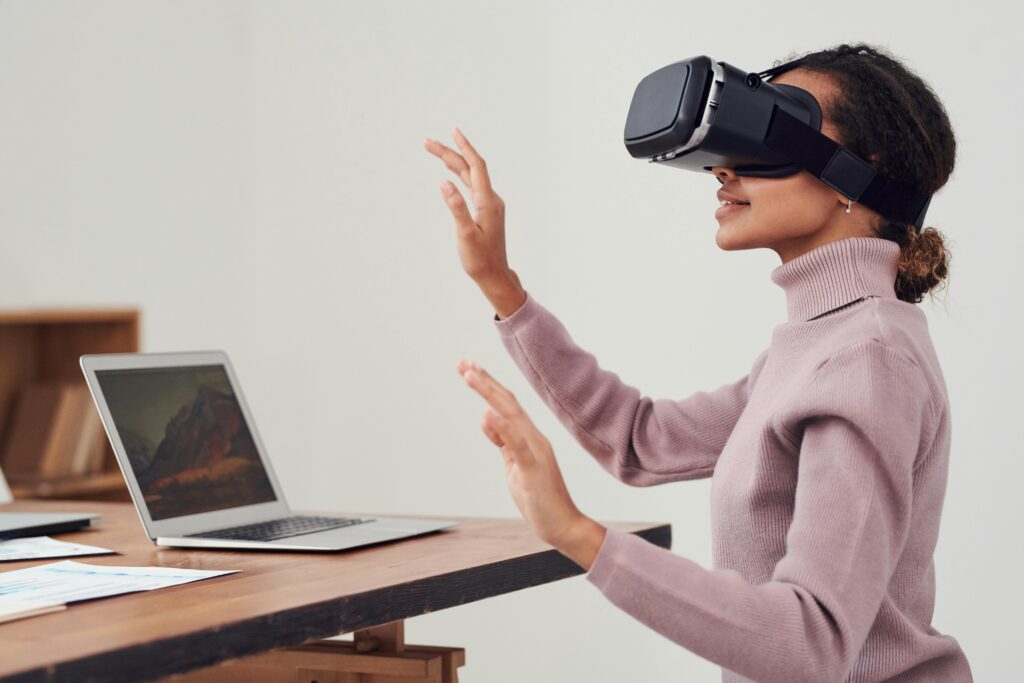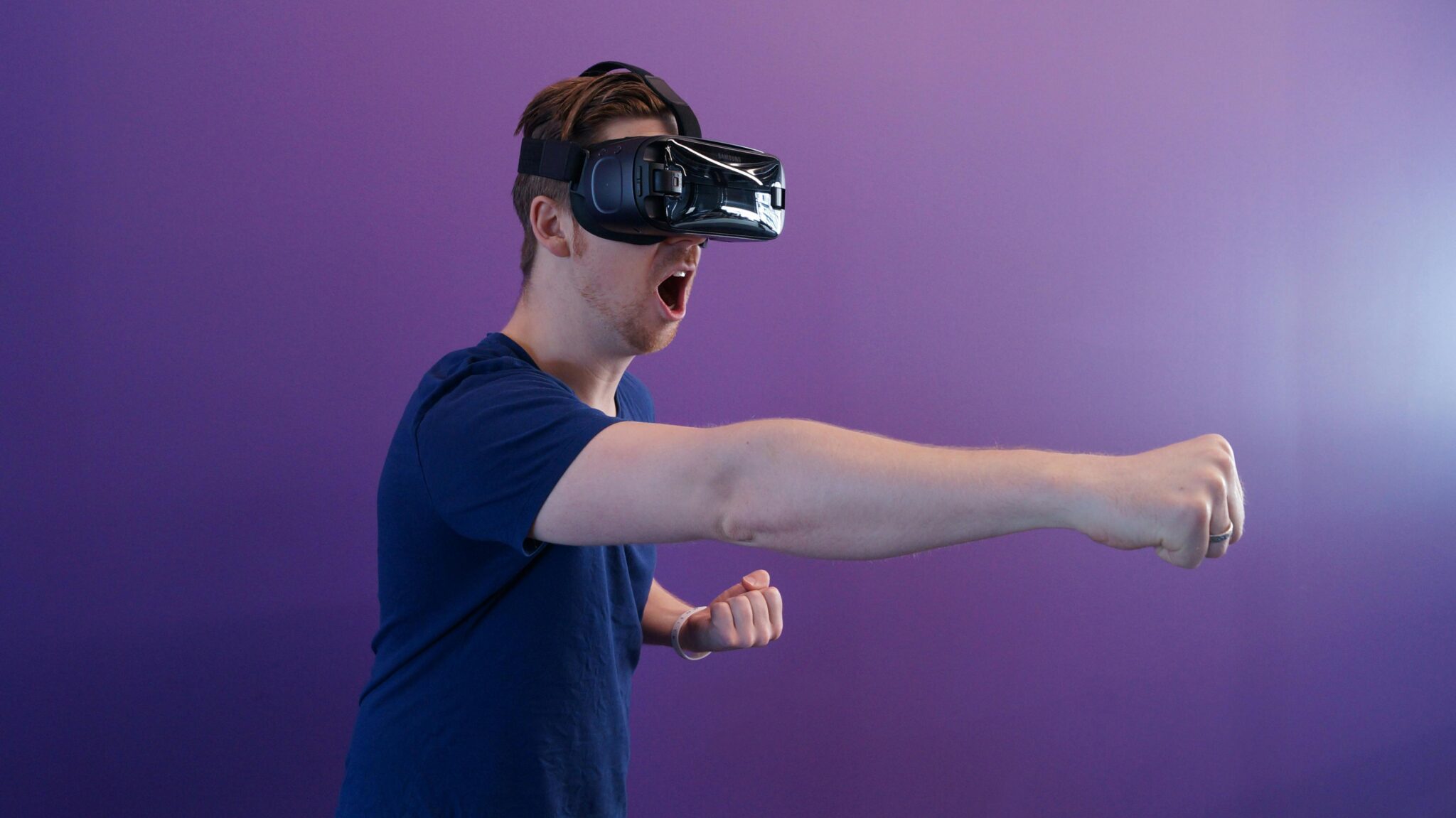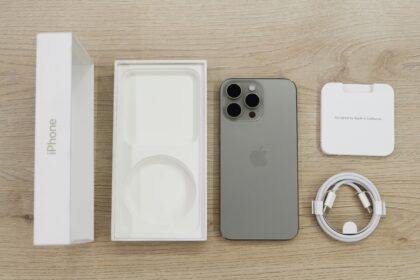SW Tech has unveiled its next-generation VR prototype, showcasing the future of immersive virtual reality. Featuring ultra-high-resolution micro-OLED displays, advanced eye- and hand-tracking, ergonomic design, and low-latency connectivity, the headset promises a more natural and realistic VR experience. Designed for gamers, professionals, and educators, it supports a wide range of applications from gaming and training to collaborative work and virtual classrooms. This breakthrough highlights SW Tech’s leadership in shaping the VR landscape of 2025.
With this prototype, SW Tech isn’t just building a headset, they’re building the future of virtual reality
Arsene Tuye
The virtual reality (VR) landscape is evolving rapidly, and SW Tech is positioning itself at the forefront of innovation. With the recent unveiling of its next-gen prototype VR headset, the company promises a leap forward in immersive experiences, realism, and usability. Designed for gamers, professionals, and enthusiasts, this headset could redefine how we interact with virtual environments in 2025 and beyond.
In this article, we dive into the features, technology, and implications of SW Tech’s new VR prototype, exploring why it could be a game-changer for the industry.

A Glimpse Into the Future of VR
SW Tech’s prototype headset is not just an incremental upgrade, it represents a paradigm shift. Early demonstrations showed remarkable improvements in visual fidelity, motion tracking, and user comfort.
Key highlights include:
- Ultra-high-resolution displays for lifelike visuals
- Advanced eye-tracking and hand-tracking technology
- Lightweight, ergonomic design optimized for long sessions
- Low-latency connectivity for seamless VR experiences
These features suggest a future where virtual reality feels more natural and responsive than ever, closing the gap between the physical and digital worlds.
Cutting-Edge Display and Graphics
At the heart of the SW Tech headset is its ultra-high-resolution display, boasting a pixel density that surpasses most current consumer VR devices. The prototype uses micro-OLED panels, delivering vibrant colors, deep blacks, and HDR support for realistic visuals.
The headset also leverages next-gen graphics rendering, powered by a proprietary VR GPU system capable of handling ultra-realistic textures and 3D environments at high frame rates. This minimizes motion blur and ensures smooth visuals during fast-paced VR experiences, critical for gaming, simulations, and professional applications.
Advanced Motion and Eye Tracking
One of the most exciting features of SW Tech’s prototype is its integrated eye-tracking system. This technology allows for:
- Foveated rendering, which prioritizes graphics quality where the user is looking, improving performance without sacrificing image fidelity
- Enhanced interaction, enabling intuitive selection and manipulation of virtual objects
- Biometric insights, such as fatigue monitoring or focus tracking for educational or workplace applications
Combined with ultra-precise hand-tracking, users can interact with VR environments without physical controllers, making the experience more immersive and natural.
Ergonomics and Comfort
VR headsets have long been criticized for discomfort during long sessions. SW Tech addresses this with a lightweight design, adjustable head straps, and balanced weight distribution.
Additional comfort features include:
- Soft, breathable cushioning for prolonged wear
- Modular face padding for personal fit
- Reduced heat generation to keep users cool during intensive sessions
Such ergonomics make the headset ideal not only for gaming but also for professional VR applications, including virtual meetings, training simulations, and design workflows.

Connectivity and Latency
Performance in VR depends heavily on low-latency connections and fast refresh rates. SW Tech’s prototype features:
- Wireless and wired connectivity options, including high-bandwidth 6Ghz Wi-Fi for untethered VR
- Sub-5ms latency, ensuring motion tracking keeps pace with user movements
- Cross-platform support, allowing developers and users to integrate with existing VR software ecosystems
These advancements could reduce motion sickness and improve the sense of presence, critical challenges in modern VR adoption.
Potential Applications
SW Tech’s headset isn’t just for gamers. Its versatile design opens doors to numerous applications:
- Gaming: Ultra-realistic graphics, foveated rendering, and hand-tracking bring VR games closer to true immersion.
- Education: Virtual classrooms, simulations, and interactive labs can provide hands-on experiences without leaving home.
- Healthcare: Medical training, surgical simulations, and patient therapy can benefit from realistic, responsive VR environments.
- Enterprise & Collaboration: Remote meetings and collaborative 3D design sessions become more intuitive with natural hand interactions.
- Entertainment & Media: VR movies, concerts, and virtual tourism gain enhanced realism through high-resolution visuals and spatial audio.
With this prototype, SW Tech isn’t just building a headset, they’re building the future of virtual reality
Arsene Tuye
Challenges and Considerations
While the prototype is impressive, there are still challenges to address before mass adoption:
- Production costs: Cutting-edge components like micro-OLED panels and advanced sensors may increase pricing.
- Software ecosystem: Broad adoption requires VR software optimized for eye-tracking and hand-tracking capabilities.
- User accessibility: Ensuring comfort and usability for all head shapes and sizes remains a priority.
Despite these hurdles, SW Tech’s prototype sets a benchmark for what next-gen VR can achieve.
Industry Impact
The unveiling of this headset is more than a product launch; it signals the next phase of VR evolution. Competitors like Meta, Sony, and HTC are also innovating, but SW Tech’s focus on eye-tracking, ergonomics, and ultra-realistic graphics could push the entire industry forward.
Analysts predict that devices like this could accelerate VR adoption in professional settings, educational platforms, and creative industries. It may also influence standards for latency, tracking, and display quality across the market.
SW Tech’s next-gen VR prototype offers a tantalizing glimpse into the future of virtual reality. With high-resolution displays, eye- and hand-tracking, ergonomic design, and low-latency connectivity, it promises a level of immersion previously unattainable in consumer devices.
While challenges remain before it reaches mass-market availability, the headset clearly demonstrates that the future of VR is closer than we think. Whether for gaming, professional work, or education, SW Tech is leading the way toward more natural, immersive, and responsive VR experiences.
















